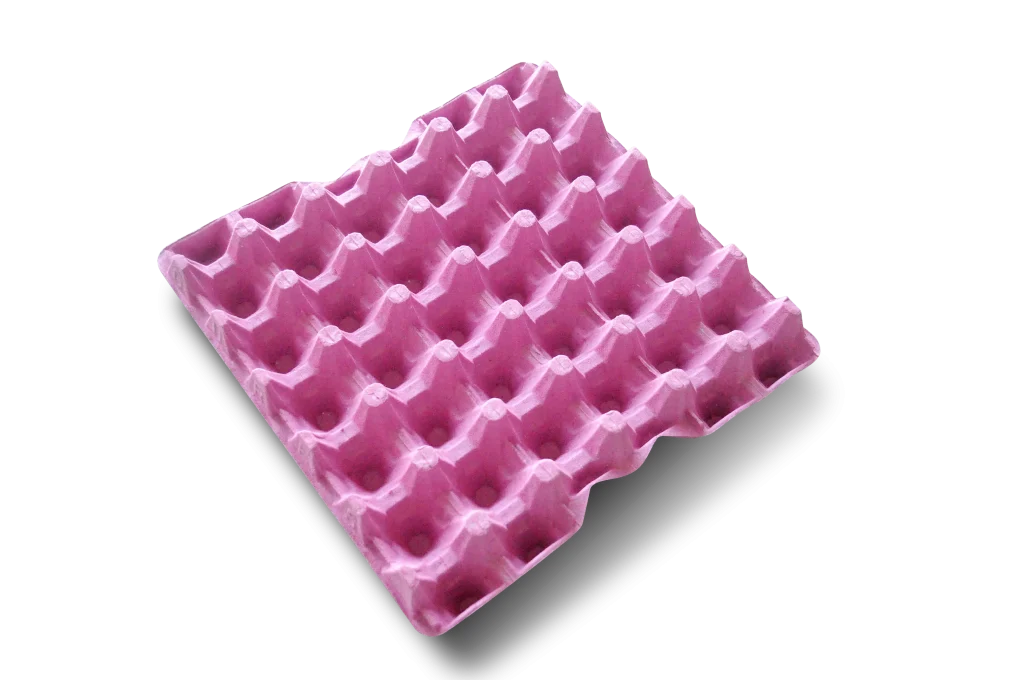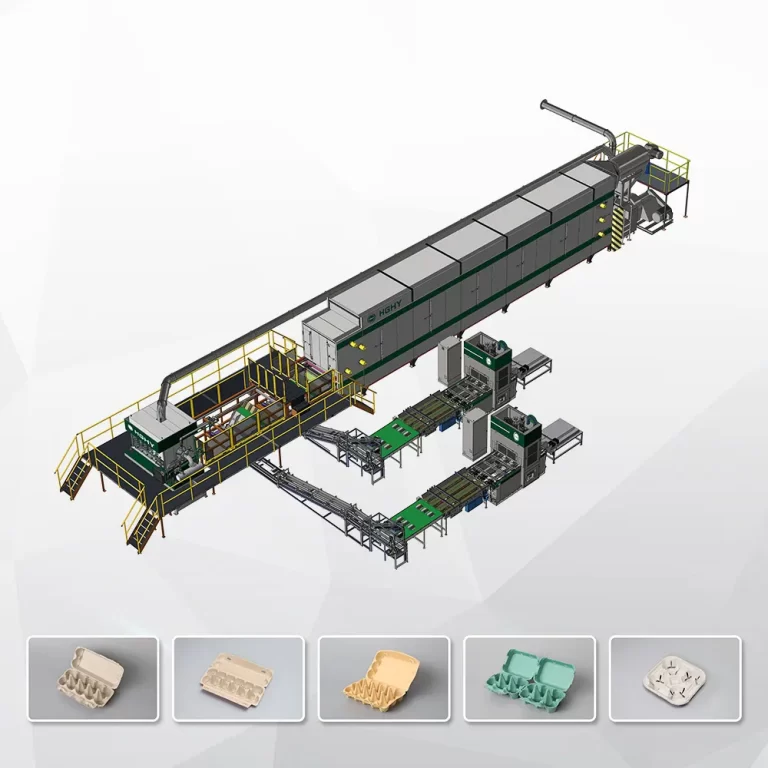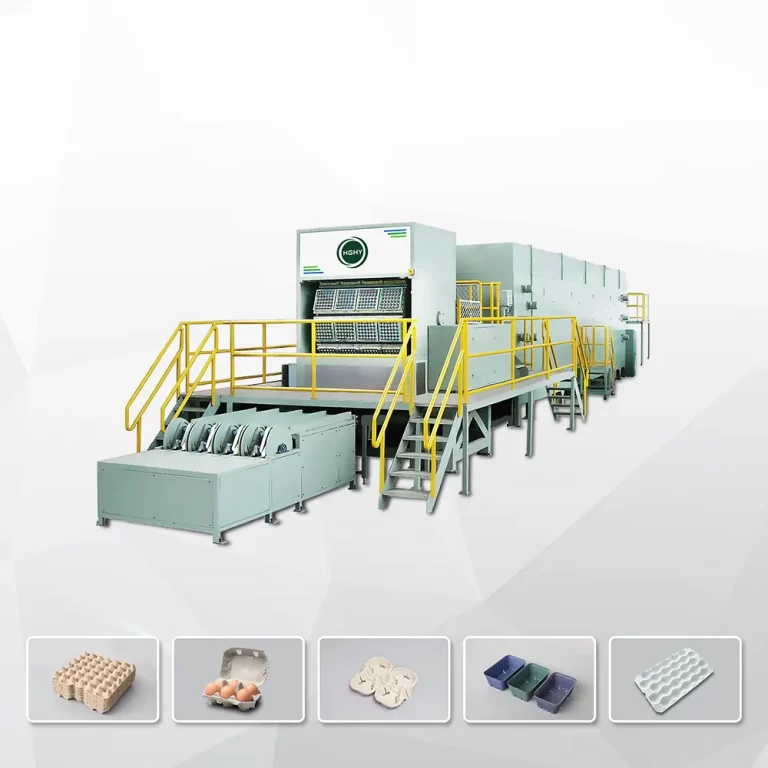The relationship between waste paper and egg trays is rooted in environmental protection, as the process of recycling waste paper to create egg trays is an eco-friendly solution that supports sustainability and reduces waste. Here’s how they are connected:

Waste Paper Recycling
Source of Material: Egg trays are primarily made from recycled paper, which includes waste paper from newspapers, magazines, cardboard, and other paper products. By reusing this material, waste paper that might otherwise end up in landfills is diverted and given a new purpose.
Reduction of Landfill Waste: Recycling waste paper into egg trays helps reduce the volume of paper waste in landfills. Paper decomposes slowly in landfills, and recycling it into useful products prevents this accumulation.
Sustainable Manufacturing
Eco-Friendly Production: The production of molded pulp egg trays is considered sustainable because it utilizes waste paper and water-based processes. This is more environmentally friendly than producing plastic trays, which rely on petroleum-based materials and contribute to long-term pollution.
Biodegradability: Unlike plastic or Styrofoam alternatives, egg trays made from molded pulp (recycled paper) are biodegradable. If they are discarded, they will break down naturally over time without harming the environment.
Conservation of Resources
Saving Trees: By recycling waste paper, less virgin wood pulp is required for paper production. This contributes to forestry conservation by reducing the demand for trees to be cut down for paper manufacturing.
Energy Efficiency: Recycled paper generally requires less energy to process compared to creating new paper from raw wood pulp. This reduces carbon emissions and helps conserve energy resources.
Economic and Environmental Impact
Waste-to-Value Process: Transforming waste paper into egg trays creates economic value from what would otherwise be discarded, supporting a circular economy model where products are continuously reused, recycled, and repurposed.
Reducing Plastic Pollution: The shift toward paper-based egg trays also helps reduce the environmental footprint of plastic pollution. Plastic egg cartons take hundreds of years to degrade and can contribute to ocean and land pollution, whereas paper trays are an eco-friendly alternative.
HGHY EGG TRAY MACHINE
The egg tray machine is the most important equipment in the egg tray production line. If you are struggling with how to deal with a large number of discarded cartons, magazines, papers, and old books, and wondering how to turn waste into treasure, the pulp egg tray production line is a great solution for you.

Conclusion
The process of creating egg trays from waste paper plays an essential role in environmental protection by reducing landfill waste, conserving natural resources, and offering an alternative to environmentally harmful materials like plastic. The use of recycled paper in this way exemplifies the principles of sustainability and circular economy, benefiting both the environment and society.



